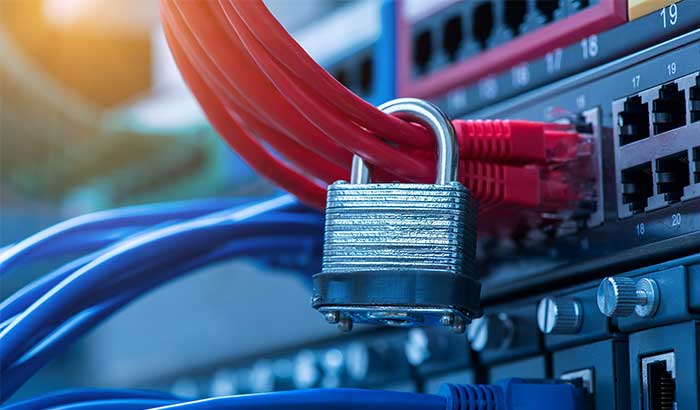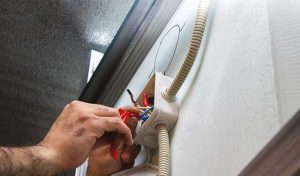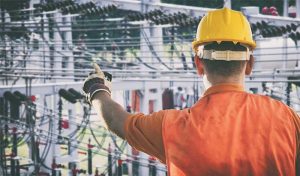There’s a lot that goes into buying a home: one of the chief things being a whole-home inspection from a certified inspector. This person will inspect your home top to bottom, to make sure there are no lurking issues waiting to cost you mountains of money after you sign on the dotted line. A home inspector will check everything from the roof and the foundation, to the HVAC and plumbing, and just about everything in between.
One of the things a home inspector might take a look at is your home’s electrical system. They’re going to flip open the breaker box for inspection, test the lights and amenities throughout the home, and they might even pull wiring diagrams to make sure your wiring is up to code. But, while this might seem like a comprehensive inspection, it’s actually far from it!
To really get the lay of the land in a home you’re about to purchase, you’re going to want to call a certified electrician. Not only will an electrician be able to do all of the things mentioned above, they’ll be able to take it a step further and a level deeper, to ensure you’re not being saddled with any issues that could call for residential electrical repair in Anaconda, MT. Some of the common symptoms they may find that a home inspector might not include:
- Underlying bulb and fixture issues might not make themselves apparent during an initial test. For example, if there are lights running brighter than others throughout your home, even though they’re all the same wattage and connection, you may have a problem with your main neutral connection or a bad neutral that’s being shared by circuits. During a home inspection your lights may appear to work fine—after you move in, however, you’re going to see light bulbs burning out quickly!
- A dead outlet might be something a home inspector catches, but more than likely they won’t if they only test one plug. In most cases, this means a GFCI has been tripped, indicating overloading at the outlet. This could mean a faulty circuit, which spells big problems in terms of safety and future repairs costs. An electrician will actually test all of your outlets, which means catching GFCIs when they’re triggered or tripped.
- Quickly flipping on the lights as a test might be enough to discern that they’re working, but a home inspector likely won’t be around long enough to feel a wall switch getting hot. This can happen when there’s a bad connection at the switch—usually faulty wiring—and it needs to be corrected before any more damage is caused.
- Finally, an electrician can help you discern if there’s electrical inefficiency within your home. A home inspector might be able to pull energy bills, but an electrician can physically measure your home’s electrical to ensure you’re pulling the right amount of power and not wasting energy.
Unless you want to be saddled with a myriad of potentially unforeseen residential electrical repairs in Anaconda, MT right after you buy a new home, it’s important to make sure you’re having a professional give your prospective home a once-over.



